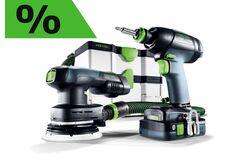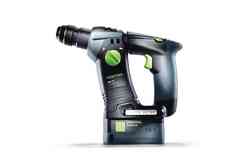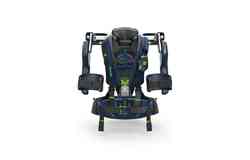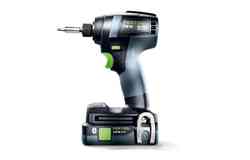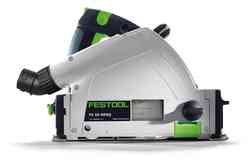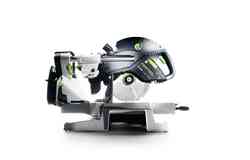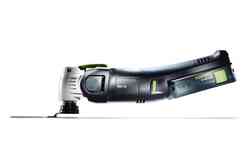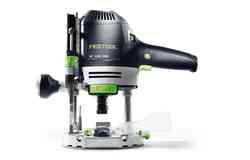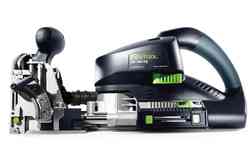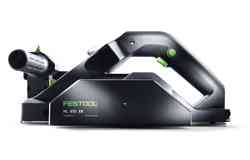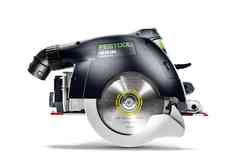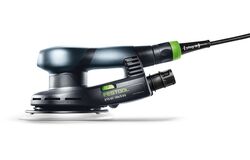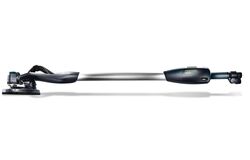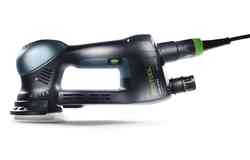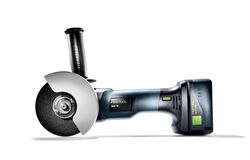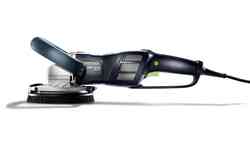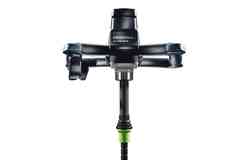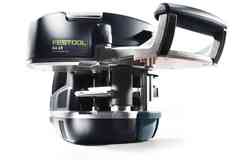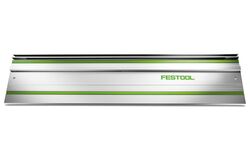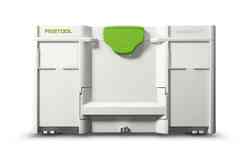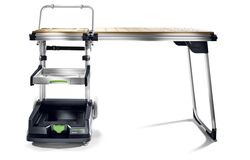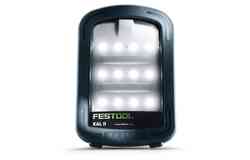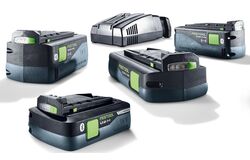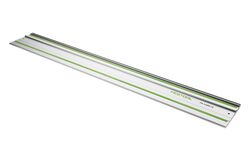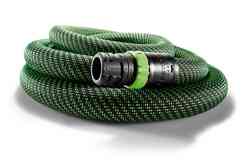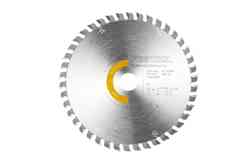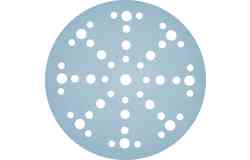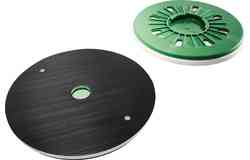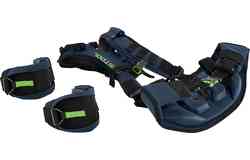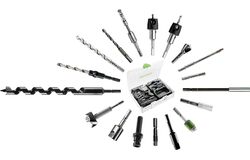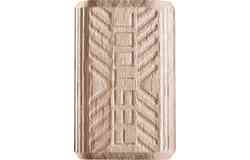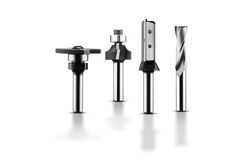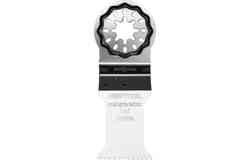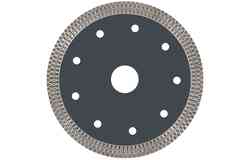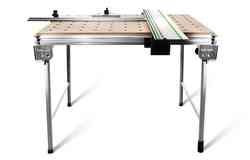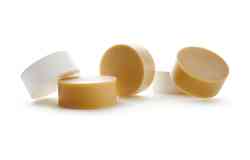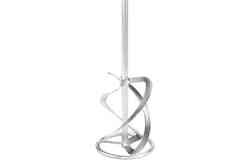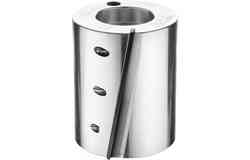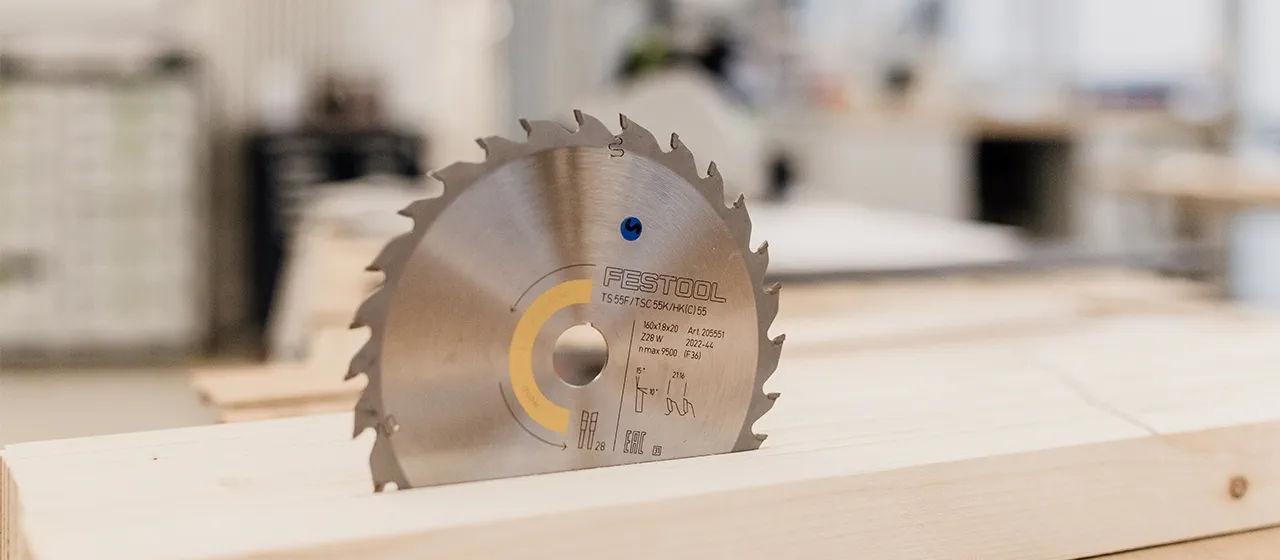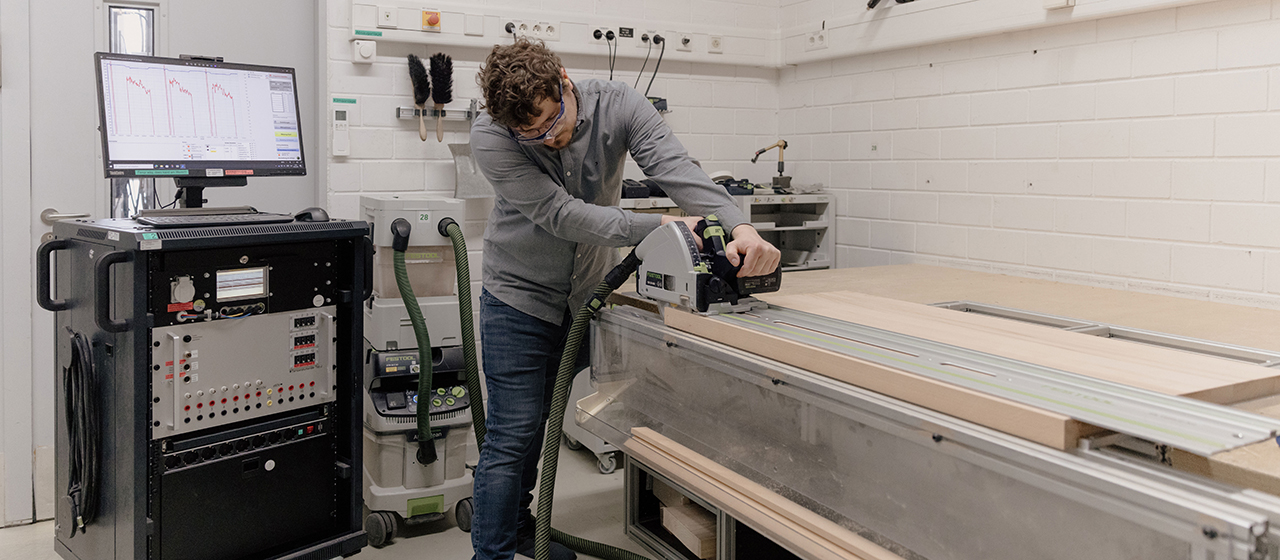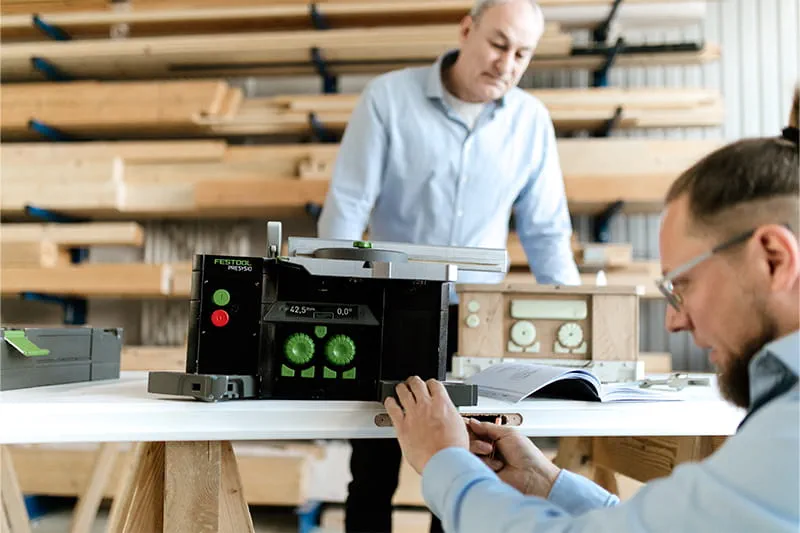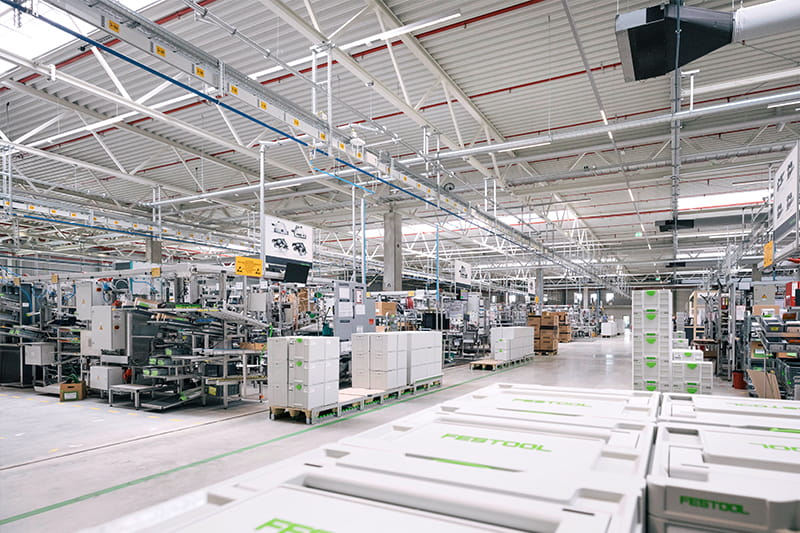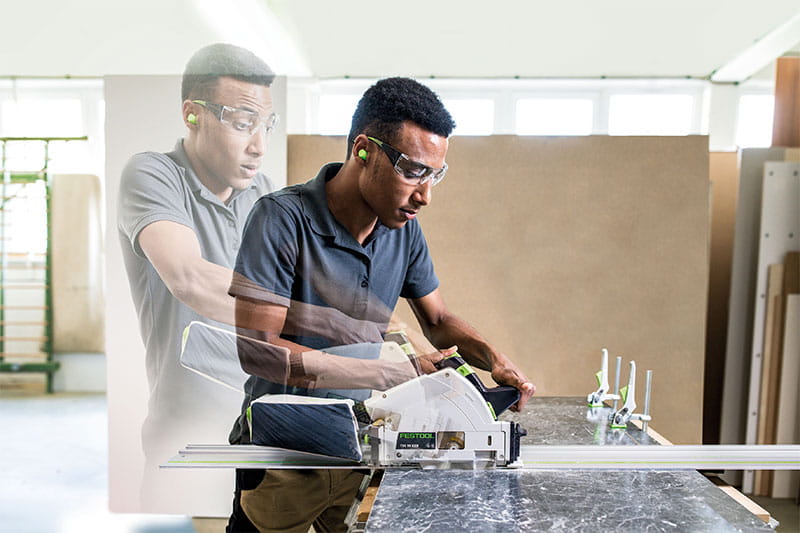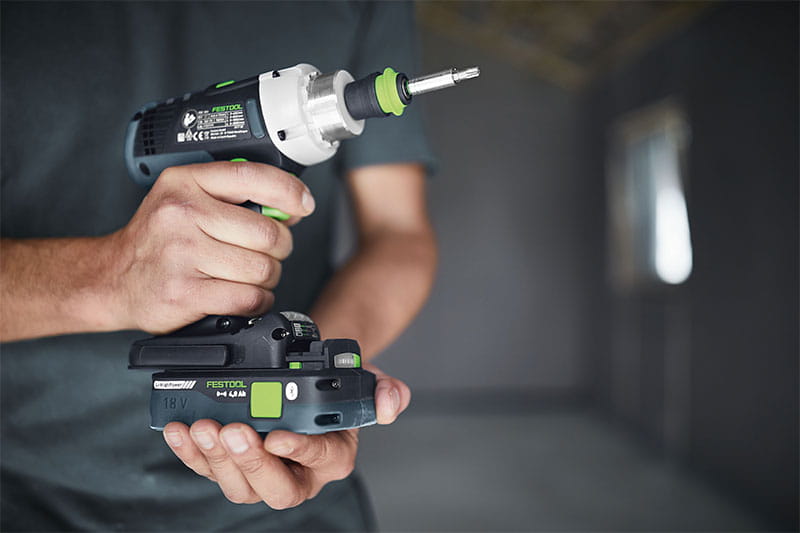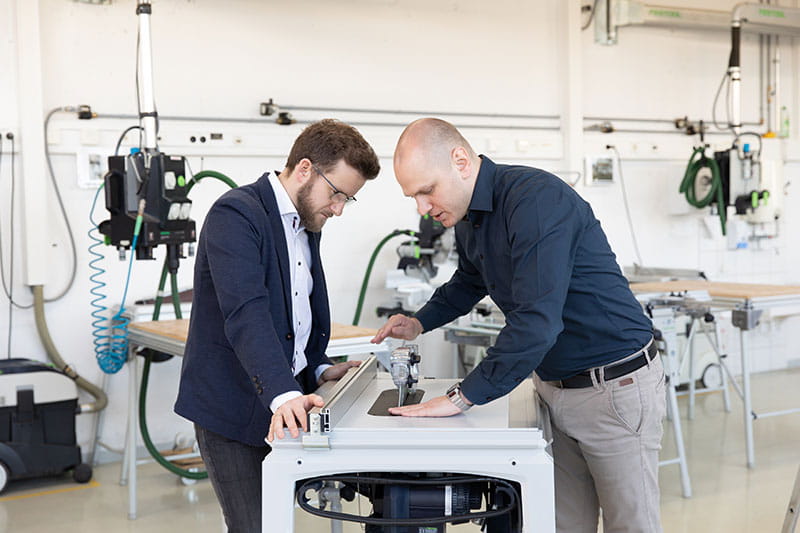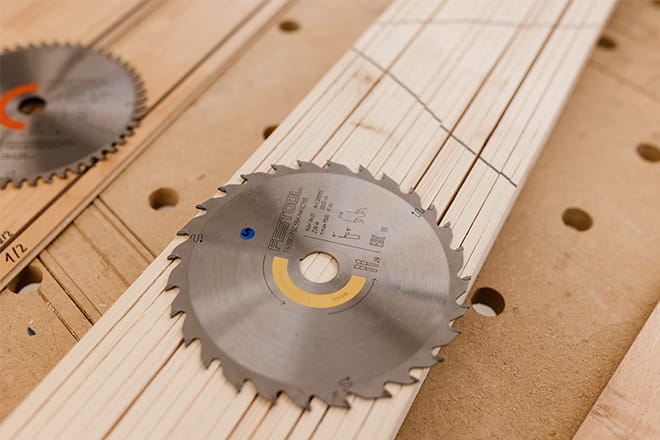
Saw blades – high-tech accessories or cheap, basic consumables?
All saw blades are essentially the same, right? How important is saw blade quality for the cutting result? And how can I extend a saw blade's service life? We spoke to Development Engineer Marco Haible and Product Manager Jonas Wurster to get to the bottom of these interesting questions.
Why is saw blade quality so important? Is it not enough to have a good saw?
Marco: No, unfortunately not. A saw can only be as good as the saw blade that is used with it. The cutting tool is one of the essential functional components of a circular saw, as it comes into direct contact with the workpiece. As such, a good machine can only achieve the best results with a good and correctly matched saw blade. We are very aware of this and it is a central point of focus in our development. That is why we put in such a great deal of effort.

Which factors play an important role in the development of saw blades? Are there current trends?
Jonas: Our development is strongly shaped by the requirements of our customers and general market trends. We especially benefit from our close relationship with our customers through our application engineers, who are in regular contact with our customers.
Marco: The current trend is towards thinner and thinner cutting widths and basic blades. The reason for this is that cordless machines only have access to a limited amount of energy from battery packs. By reducing the cutting forces, we are looking to increase the operating performance per cutting metre and achieve a higher cutting performance with the available energy capacity of a battery pack. In other words: Thinner saw blades let you saw for longer and cut through material quicker. The biggest challenge is the so-called "off-course running" of circular saw blades.
Marco: The current trend is towards thinner and thinner cutting widths and basic blades. The reason for this is that cordless machines only have access to a limited amount of energy from battery packs. By reducing the cutting forces, we are looking to increase the operating performance per cutting metre and achieve a higher cutting performance with the available energy capacity of a battery pack. In other words: Thinner saw blades let you saw for longer and cut through material quicker. The biggest challenge is the so-called "off-course running" of circular saw blades.
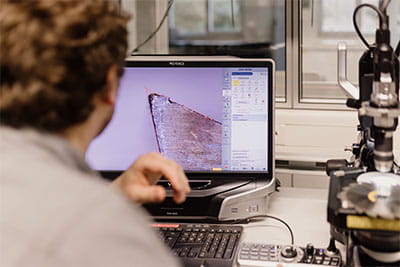

What does "running off-course" mean? Could you describe it to us?
Marco: The stiffness of a circular saw blade decreases disproportionately quickly when reducing the basic blade thickness. When cutting, the circular saw blade is subjected to lateral forces that deflect the blade. At high feed rates, there is therefore a possibility that the blade could jam in the cut and swerve. A typical sign of this is a crooked end of a cut with burn marks on the workpiece and saw blade. This phenomenon is called running off-course and, in the worst case, can render a saw blade unusable. Wear amplifies this effect. Increasing the service life as well as adapting the angle and the tooth groups counteract the effect.
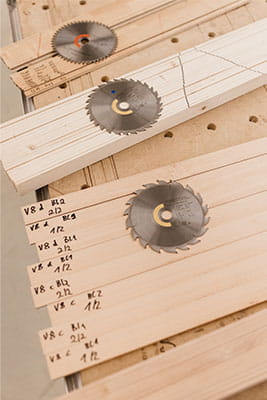
How long does it take to develop a new circular saw blade?
Marco: The production of the first samples takes around two to three months. They are already manufactured under series production conditions. What you have to keep in mind is that saw blades have become a high-tech product due to today's stricter requirements. The most important qualification factors for us are characteristics that matter to our customers, such as cutting quality and key performance indicators like maximum cutting force, off-course running and wear. As things stand today, we can only determine these through experiments. We use the latest technologies, such as computer simulations, and examinations, for example with microscopes in the laboratory, to aid our development process. We also focus on highly effective extraction and achieving noise characteristics that are as pleasant as possible.
"If you purchase a Festool saw blade, you can be sure to achieve outstanding cutting results."
Marco Haible, Development Engineer at Festool
How exactly do you assess the cutting quality during test runs?
Marco: It's assessed subjectively. We create cutting samples under constant conditions and compare them with reference samples. The evaluation is done together with our Product Management, Application Engineering, Development and Testing departments. We then analyse the results of the experiments in detail and further develop the saw blades. Depending on the version, we may need up to three prototypes before we are satisfied with the saw blade and work result and have achieved our defined development goals. We always develop saw blade in connection with our saws in order to achieve perfect results.

How long does it take to go from a metal blank to a finished saw blade? Which steps are particularly important or unique?
Jonas: The basic blade material must already be very even and have an consistent thickness before laser cutting. We only use laser-cut blades at Festool, not punched blades. After laser cutting, the hardness of the basic blades is adjusted in a furnace and the blade is often also thermally levelled again. When brazing the carbide blanks onto the basic blade, the heat input should be kept as small as possible. Excessively high temperatures could warp the basic blade. The teeth are then blasted, ground and the basic blade is polished, engraved and treated with preservative agents.
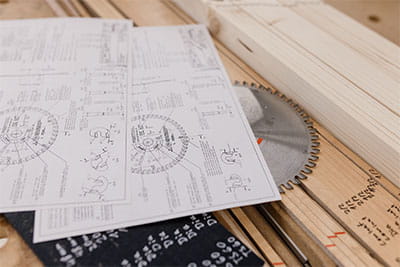
How can I extend a saw blade's service life? Can I regrind it?
Jonas: Our Festool saw blades are designed with a tooth projection of 0.3 mm so they can be reground up to eight times. At around 20 euros per grinding cycle, regrinding is definitely worth the cost. Regrinding is very important to us as we want to ensure that our customers can benefit from our saw blades for as long as possible. But regrinding requires you to grind both the face and back of the teeth. After these eight grinding cycles, the tooth projection become too small and the blade needs to be replaced. We select our cutting materials to suit the applications for the circular saw blades.
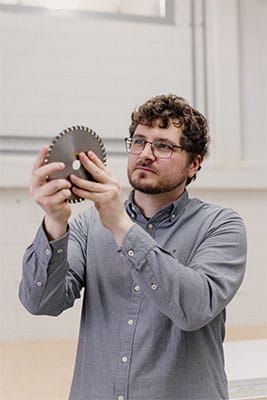
What else can I do as a user to extend the service life?
Marco: There are definitely a few factors you should keep in mind if you want to have a positive effect on the service life. For circular saw blades that are intended to work in abrasive materials, we use a type of carbide that is wear-resistant but also brittle as a result. For saw blades that are intended for wood, a tougher type of carbide is often better. To achieve the longest service life possible, you need to choose the right circular saw blade for the relevant application. We also recommend using a separate saw blade for certain applications. HPL panels often require a sharp cutting edge, for example. But if you use the same blade to saw highly abrasive laminate, the cutting edge will quickly become rounded and is no longer suitable for HPL panels. You will be able to use your circular saw blades for much longer if you use separate saw blades for different applications. If the application allows for it, you can also influence the quality of the upper and lower sides by adapting the cutting depth.
At Festool, we often say that our solutions are "perfectly coordinated". What does that actually mean for saws and saw blades?
Marco: When developing our saw blades, we choose the angle, teeth and type of carbide to match our machine and various customer applications. Characteristics such as the number of expansion slots, the design of the chip spaces and irregular tooth pitches also influence the work results. To account for this, we test a wide variety of samples and benchmark saw blades with regard to cutting quality, performance, off-course running and wear. This means our customers always receive a saw blade that is perfectly adapted to the relevant machine. The overall system is what creates the perfect work result.

What sets Festool circular saw blades apart from other circular saw blades? What do you consider to be the unique selling point?
Marco: The unique selling point of Festool circular saw blades is that they are developed, adapted and coordinated especially for our machines. This perfect match allows our saw blades to achieve a particularly good cutting performance. If you purchase a Festool saw blade, you can be sure to achieve outstanding cutting results.
What do you think the future will bring? Is there even still space for innovation with such an established product?
Marco: I think we are far from reaching the end of development here. With the TS(C) 55, for example, the trend has moved from a cutting width of 2.2 mm to 1.8 mm in the last five years alone. We are also seeing further developments in the panel materials being machined. The wear resistance of the surface plays an important role in this regard, for example. As such, cutting tools also have to adapt. It could be an option to use harder carbide cutting materials or even teeth made from PCD (polycrystalline diamond) in order to minimise saw blade wear when cutting these panel materials. The best example for this is the scoring saw blade of the TSV 60 K. With this plunge-cut saw, the top layer is cut with a scorer. The actual cut through the material is then made by the main saw blade. Scoring makes it possible to achieve splinter-free cuts on both sides for the first time with a portable plunge-cut saw. The scoring saw blade tooth mainly cuts through the hard and abrasive top layer. The actual circular saw blade does not touch the top layer. We initially tested samples with carbide cutting edges. But what is challenging about this extreme application is that the first signs of wear already lead to some splintering of the coating within the first few metres of cutting. We have had very good experiences with PCD in tools with one or two cutting edges for this application. The significantly higher costs for PCD more than pay off. The highly wear-resistant cutting edge allows our customers to make hundreds of metres of cuts without splintering on the upper side.
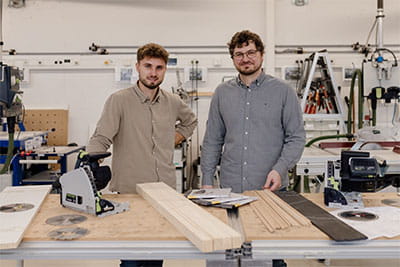
Jonas: The only constant in innovation is change itself. We believe that the development of the machining process will never be "finished". New materials, technological progress and new machining technologies ensure that the process will never stop. The market will determine whether the goal will be to achieve that last extra bit of performance or whether more radical innovations will prevail. At Festool, we are determined to ensure that these innovations will come from within our own ranks. We are actually in the middle of a few exciting development projects as we speak, but unfortunately we can't tell you about those yet.


